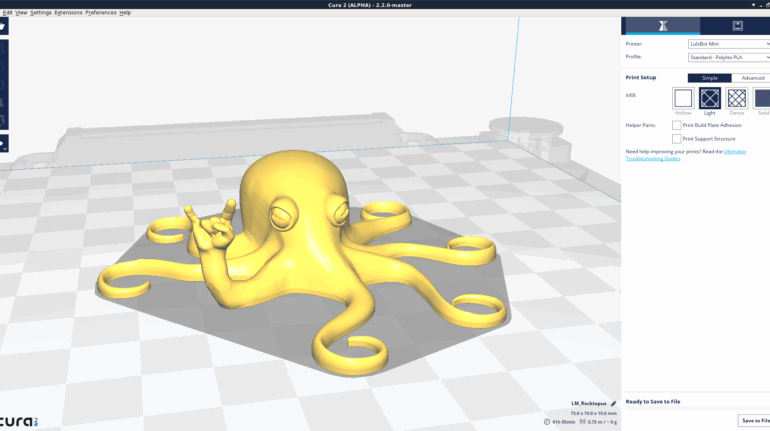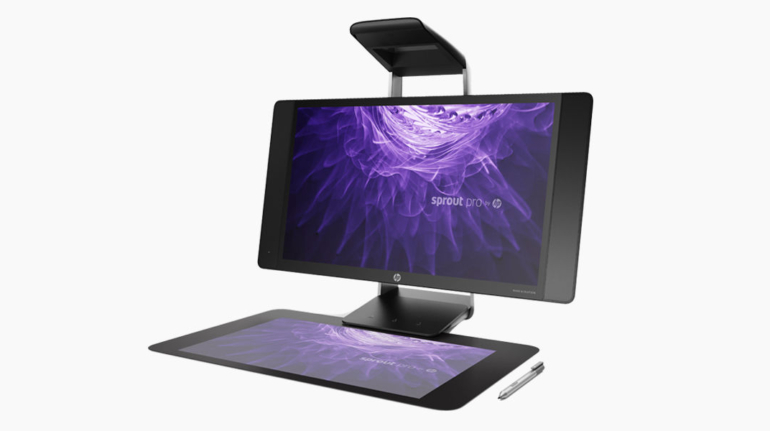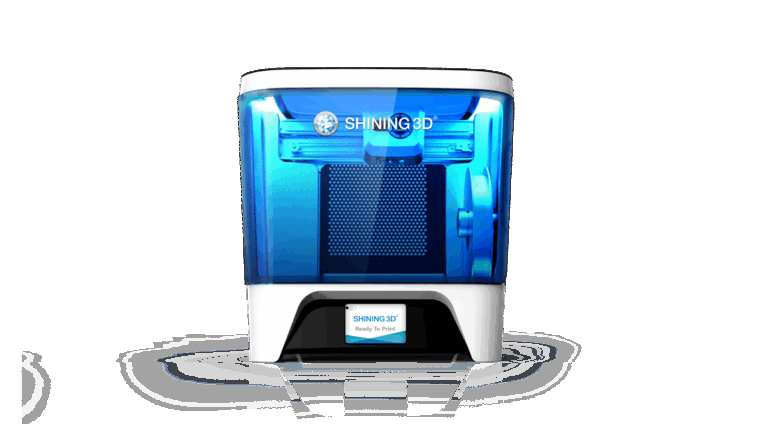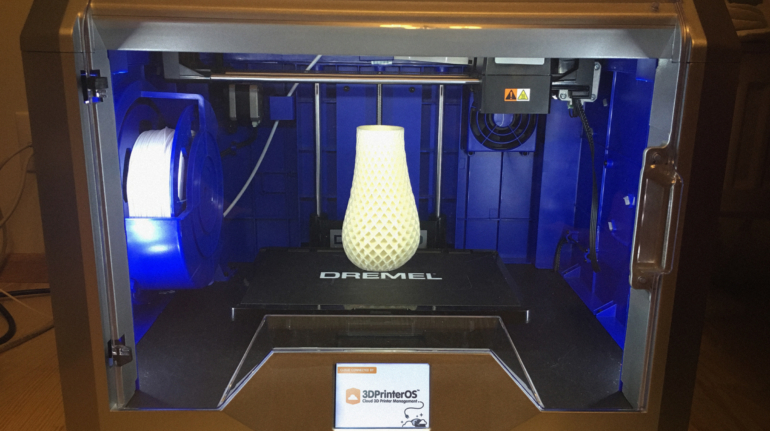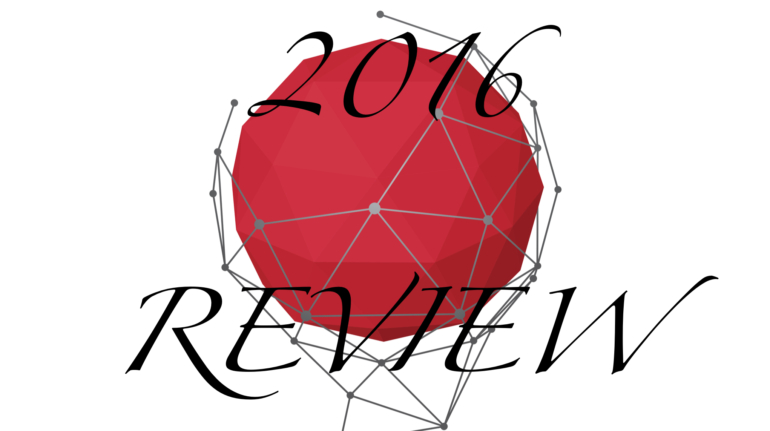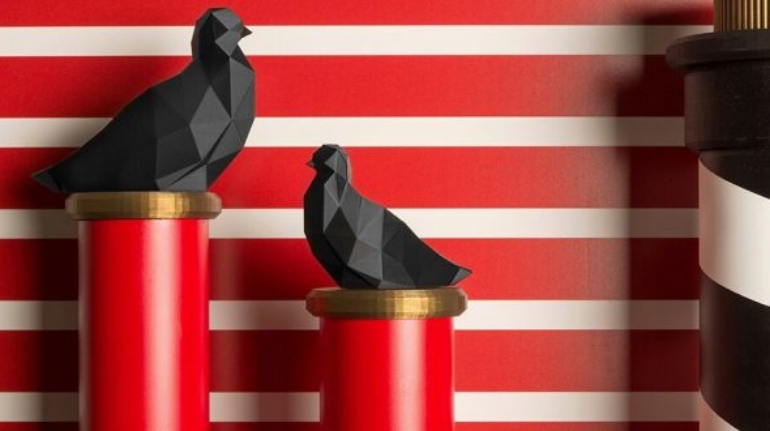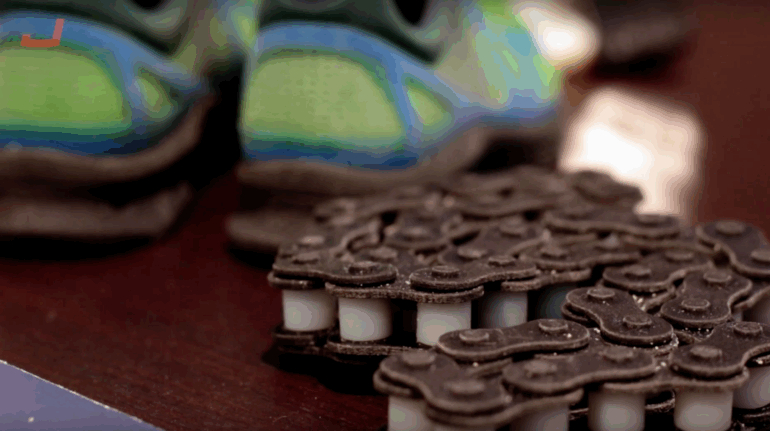Oxford Performance Materials to supply 3D printed OXFAB parts for Boeing CST-100 Starliner Aerospace
Oxford Performance Materials, Inc. (OPM), a leading advanced materials and additive manufacturing (3D printing) company, has been selected by The Boeing Company to manufacture 3D-printed structures for the Boeing CST-100 Starliner spacecraft, and OPM has begun shipping OXFAB® production parts for installation.


